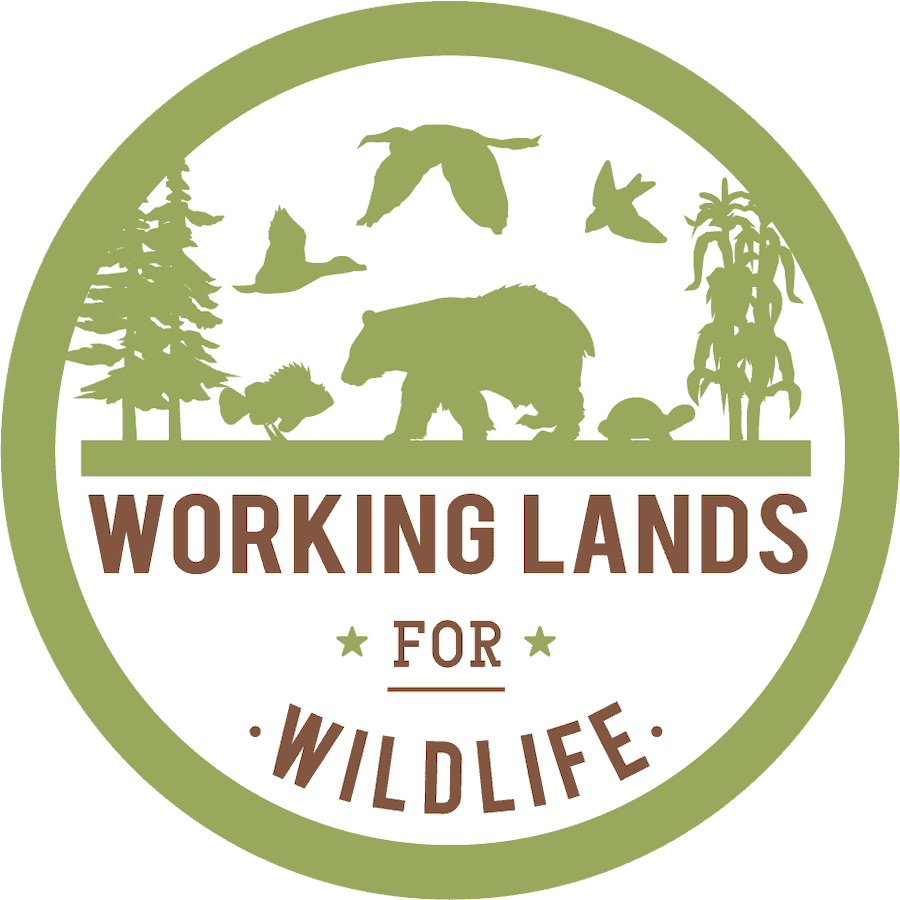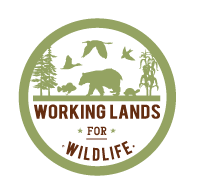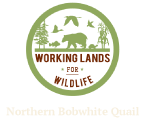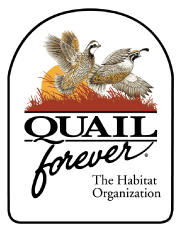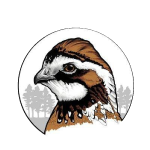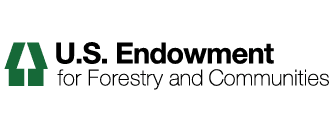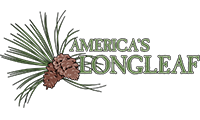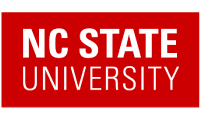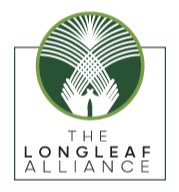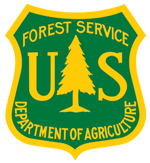NRCS Conservation Practices and Materials
Eastern Hellbender Partner Workspace
The Eastern Hellbender Partner Workspace is a private working group and is password protected. You must login or register with the provider to access the folders. Please use the Register button to request access. The workspace was funded for NRCS and its partners to collaborate in support of private landowners to implement Working Lands for Wildlife partnership
Bog Turtle Partner Workspace
The Bog Turtle Partner Workspace is a private working group and is password protected. You must login or register with the provider to access the folders. Please use the Register button to request access. The workspace was funded for NRCS and its partners to collaborate in support of private landowners to implement Working Lands for Wildlife partnership
American Black Duck Partner Workspace
The American Black Duck Partner Workspace is a private working group and is password protected. You must login or register with the provider to access the folders. Please use the Register button to request access. The workspace was funded for NRCS and its partners to collaborate in support of private landowners to implement the Working Lands for Wildlife partnership.
Impediments to Prescribed Burning: NRCS Interviews
NRCS contracted with NC State to conduct a series of interviews with NRCS state office and field staff, along with some key partners, to collect observations on major impediments to implementing prescribed burning on-the-ground. The Executive Summary is posted here; for a copy of the full report contact Bridgett.Costanzo@usda.gov.
Soil, pH, Northeast
Soil pH measures acidity, which affects nutrient uptake by plants. The most common soil laboratory measurement of pH is the 1:1 water method. A crushed soil sample is mixed with an equal amount of water, and a measurement is made of the suspension. The dataset was derived from the following source: -U.S. Department of Agriculture, Natural Resources Conservation Service (NRCS). This data set consists of general soil association units. It was developed by the National Cooperative Soil Survey and supersedes the State Soil Geographic (STATSGO) data set published in 1994. It consists of a broad based inventory of soils and nonsoil areas that occur in a repeatable pattern on the landscape and that can be cartographically shown at the scale mapped. The data set was created by generalizing more detailed soil survey maps. Where more detailed soil survey maps were not available, data on geology, topography, vegetation, and climate were assembled, together with Land Remote Sensing Satellite (LANDSAT) images. Soils of like areas were studied, and the probable classification and extent of the soils were determined.
Healing from the Inside Out
Perspectives from the first Indigenous woman to ever serve as a U.S. Fish and Wildlife Service Native American liaison
Amazing Creatures in Longleaf Pine Flatwoods and Sandhills
A wide diversity of remarkable animals calls longleaf pine flatwoods and sandhills habitats home.
Regional abundance and local breeding productivity explain occupancy of restored habitats in a migratory songbird
Ecological restoration is a key tool in offsetting habitat loss that threatens biodiversity worldwide, but few projects are rigorously evaluated to determine if conservation objectives are achieved. We tested whether restoration outcomes for an imperiled bird, the Golden-winged Warbler (Vermivora chrysoptera; GWWA) met the assumptions of the ‘Field of Dreams’ hypothesis or whether local and regional population dynamics impacted restoration success. From 2015 to 18, we surveyed 514 points located in recently restored successional habitats. We used new- and published data on the survival of 341 nests and 258 fledglings to estimate GWWA breeding productivity. Occupancy and colonization of restored habitats were significantly higher in our Western Study Region (Minnesota and Wisconsin) than our Eastern Study Region (Maryland, Pennsylvania, and New Jersey), a pattern that mirrored broader regional population trends. At local scales, productivity was high in Eastern Pennsylvania (> 3 independent juveniles/pair/year) but low in Central Pennsylvania (1 juvenile/pair/year) while both Western and Central Minnesota hosted intermediate productivity (between 1 and 2 juveniles/pair/ year). Productivity and occupancy covaried locally in the Eastern Study Region, while occupancy was high in the Western Study Region, despite intermediate productivity. These differences have profound implications for restoration outcomes, as GWWA possessed robust capacity to respond to habitat restoration in both regions, but this capacity was conditional upon local productivity where the species is rare. Our findings suggest that, even when restoration efforts are focused on a single species and use comparable prescriptions, interactions among processes governing habitat selection, settlement, and productivity can yield variable restoration outcomes.
Multiscale drivers of restoration outcomes for an imperiled songbird
Habitat restoration is a cornerstone of conservation, particularly for habitat-limited species. However, restoration efforts are seldom rigorously monitored at meaningful spatial scales. Poor understanding of how species respond to habitat restoration programs limits conservation efficacy for habitat-restricted species like the Golden-winged Warbler (Vermivora chrysoptera, GWWA). We provide one of the first concerted assessments of a national conservation program aimed at restoring songbird habitat across its breeding range. We studied GWWA response to forest habitat restoration across two broad regions with opposing population trajectories and assessed factors driving species use of restored habitats across multiple spatial scales. From 2015 to 2017, we conducted 1,145 (n = 457 locations) and 519 point counts (n = 215 locations) across the Appalachian Mountains and Great Lakes (respectively) within restored habitats. Warbler abundance within restored habitats across the Great Lakes varied with latitude, longitude, elevation, forest type, and number of growing seasons. In the Appalachian Mountains, occupancy ( ^ ψ) varied with longitude, elevation, forest type, and number of growing seasons. Detections were restricted to areas within close proximity to population centers (usually <24 km) in the Appalachian Mountains, where GWWAs are rare ( ^ ψ= 0.22, 95% confidence interval [CI]: 0.20–0.25), but not in the Great Lakes, whereGWWAs remain common ( ^ ψ= 0.87, 95% CI: 0.84–0.90). Our study suggests that, even when best management practices are carefully implemented, restoration outcomes vary within/across regions and with multiscale habitat attributes. Although assessments of concerted habitat restoration efforts remain uncommon, our study demonstrates the value of monitoring data in the adaptive management process for imperiled species.
Best Management Practices for Golden-winged Warbler Habitat on Abandoned Farmlands in the Great Lakes
Since the early 20th century, abandoned farmland has become an important component of the Great Lakes landscape. When crop and pasture lands become inactive, they begin succeeding into their pre-agricultural state, which is often deciduous forest. The span of time from field to forest takes decades, during which there is a period of years where the ratio of herbaceous vegetation, shrubs, and young trees on a given site can potentially create habitat for breeding Golden-winged Warblers (Figure 1). Without active management, this is a temporary condition that typically persists for less than a decade. Throughout the region there is an excellent opportunity, especially on private lands, to create habitat for Golden-winged Warbler on abandoned farmlands. Perhaps the best opportunities exist on poorly drained soils that are too wet for pasture or crops.
Bog Turtle Wildlife Habitat Evaluation Guide (WHEG)
WLFW uses WHEGs to evaluation before and after conditions anticipated from a contract.
Golden-winged Warbler Status Review and Conservation Plan
The Golden-winged Warbler Status Review was initiated over a decade ago when David Buehler, John Confer, and Ron Canterbury were funded by the US Fish & Wildlife Service to elaborate on what was originally a status assessment begun by Chuck Hunter in 1999. Over time, that original project received input from others and underwent numerous stalls, revisions, and reviews. The continuous stream of new information that so rapidly outpaced the writing of the document is actually a tribute to the tremendous dedication and energy of the Golden-winged Warbler Working Group and its partners. In this version of the Status Review, survey and trend estimates have been updated to include 2009 BBS trend information. Genetic data were updated to include birds sampled during the 2010 breeding season. We are pleased finally to release the Status Review, at the same time acknowledging that new research and conservation action will just as quickly outdate much of the information it summarizes. We prefer to think of this document as a Status Transition to a more hopeful future.
Range-wide assessment of grazing and hydrology in bog turtle wetlands
In December 2018, a meeting of bog turtle experts was hosted in Richmond, VA and experts across the Eastern range of the species identified as a high priority the need to better understand the benefits and potential negative impacts of livestock grazing in bog turtle inhabited wetlands. Hydrologic conditions in bog turtle wetlands emerged as a secondary concern needing more research. Recently, NRCS’ Conservation Effects Assessment Project (CEAP) awarded funds to Dr. Carola Haas leading a team of researchers at Virginia Tech University to conduct an assessment on these two topics (grazing and hydrology).
Working Lands for Wildlife
Through Working Lands for Wildlife (WLFW), NRCS works with partners and private landowners to focus voluntary conservation on working landscapes. NRCS provides technical and financial assistance to agricultural producers, helping them plan and implement conservation practices that benefit target species and priority landscapes. Since 2012, NRCS has restored and protected 6.7 million acres of much-needed habitat for a variety of wildlife. These efforts have led to the rebound and recovery of many species, demonstrating the WLFW conservation model works.
Northern Bobwhite in Working Grasslands
The northern bobwhite is often referred to and "edge" species, seeking habitat where crop fields intersect with woodlands, pastures, and old fields. The desired outcomes of project practices is 1) improved cattle production for grazing operations, 2) restore native grasses to the agricultural landscape, and 3) improve soil health, water quality, and wildlife habitat on farms.
Good for Bobwhite, Good for Cattle
America’s farmers, ranchers, and forest landowners are continuing to show how wildlife and working lands can prosper together. Let NRCS develop a comprehensive, resource conservation plan for your grazing operation and the northern bobwhite.
LANDSCAPE PARTNERSHIP PORTAL: A Guide to Workspace Collaboration and Communication Tools
This guide is designed to provide suggested tools to help Partners: develop and deliver science to inform conservation actions at scales that make a lasting difference for people and wildlife; enhance our quality of life, help communities become resilient to environmental change and natural disasters, and sustain the natural and cultural resources we care about; bring together different organizations, expertise, science and sectors to tackle long-term conservation challenges.

